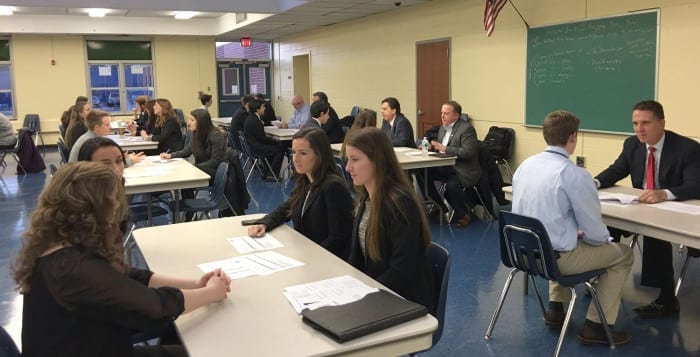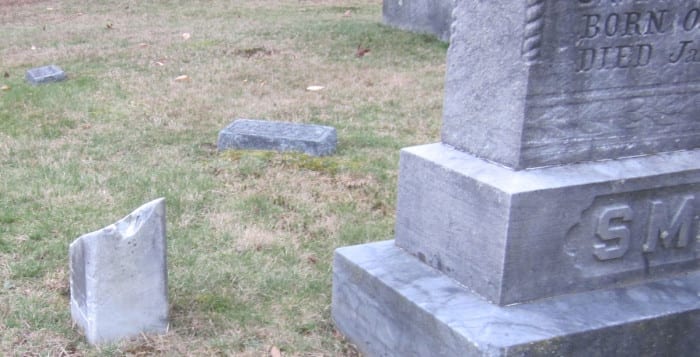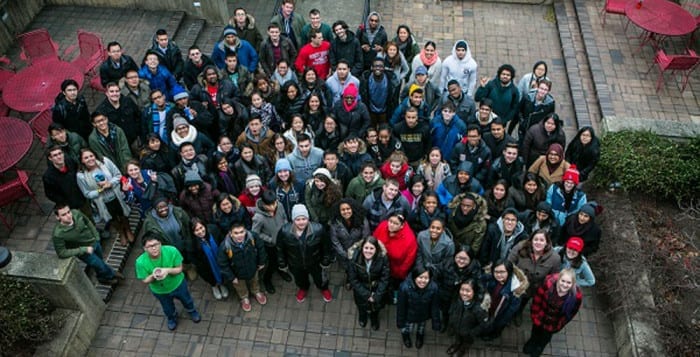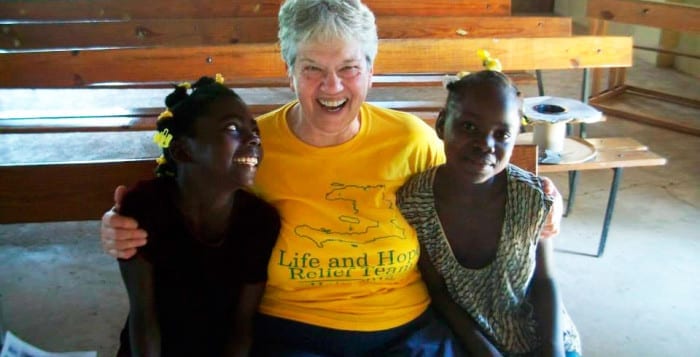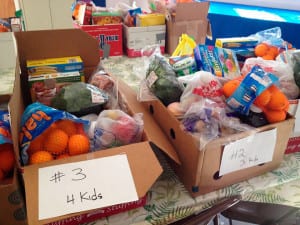Behind Courtney Lewis’ double-double Monday night, the Port Jefferson girls’ basketball team kept the ball rolling with a 55-31 victory over Southold/Greenport to extend the Royals’ winning streak to six games.

Lewis recorded 32 points, 10 rebounds and six assits.
“They’re starting to come together,” Port Jefferson head coach Ed Duddy said. “We started off slow in the beginning … [but] now I think everyone knows their role.”
Port Jefferson had trouble getting shots to fall until Lewis’ field goal at the 5:17 mark, which started the junior forward and guard’s 10-point tear in the first quarter.
“She’s a great captain,” junior point guard Jillian Colucci said of Lewis. “She boosts us all up and she’s so talented. Her scoring gets us all going and gets us working hard.”
Southold remained in the game by scoring seven points to Lewis’ 10, but Port Jefferson sophomore guard Annabelle Soucy nailed a three-pointer with 30.6 seconds left to extend the Royals’ lead.
Lewis tacked on a three-point play to start the second stanza and then added four more points while Colucci tacked on a three-pointer to put Port Jefferson up 23-20 at halftime.
But the Royals were just getting warmed up.

“Our coach’s halftime speech motivated us to come out stronger in the second half,” Lewis said. “I think our teamwork and team chemistry was great. We had a lot of assists and connected our passes a lot, and our fast breaks were great today.”
Those fast breaks and assists helped the Royals jump out to a 43-25 lead by the end of the third, with Lewis scoring 11 of the team’s 20 points and Colucci adding six.
In the final quarter, the Royals limited Southold to just two points by the 2:22 mark, while scoring eight more of their own. Southold added a field goal and two free throws in the final minutes, but Lewis added two free throws of her own to finish 9-for-10 from the charity stripe on the evening, and Soucy completed the scoring with a layup.
Colucci finished with 11 points and eight rebounds to help Port Jefferson to a 7-1 record in League VII.
“It’s Courtney, it’s Jillian, it’s a little bit of everybody,” Duddy said. “Jillian had a terrific game today. She did everything a point guard has to do with great passes and great defense and assists, but Annabelle and Jackie Brown have been playing very well, too. They’re all part of the team, but I think they all feed off of Courtney, and when she gets double- or triple-teamed she can kick it out to her teammates and they get easy layups.”

As the team moves forward with only one loss in its conference, Colucci said the Royals have their sights on the top spot in the league, where Mattituck currently sits at 10-1.
But the point guard said she’s confident in her team’s ability after the Royals edged out Mattituck, 53-52, back on Jan. 11.
“That was a really good booster for us,” Colucci said. “But since we’re a core group of juniors that have been playing together for so long, the teamwork that we’ve developed helps us most.”
Lewis said the team had a rough first half the season, starting it off with losses to Comsewogue, Mount Sinai and Pierson/Bridgehampton, but has come together to propel the Royals to their winning streak.
“This is my favorite sport and my favorite team,” Lewis said. “They’re all so great and we all help each other do better. We had a rough first half of the season but we picked it up and we took off. We don’t want to lose another game. We want to finish the season on a streak.”


